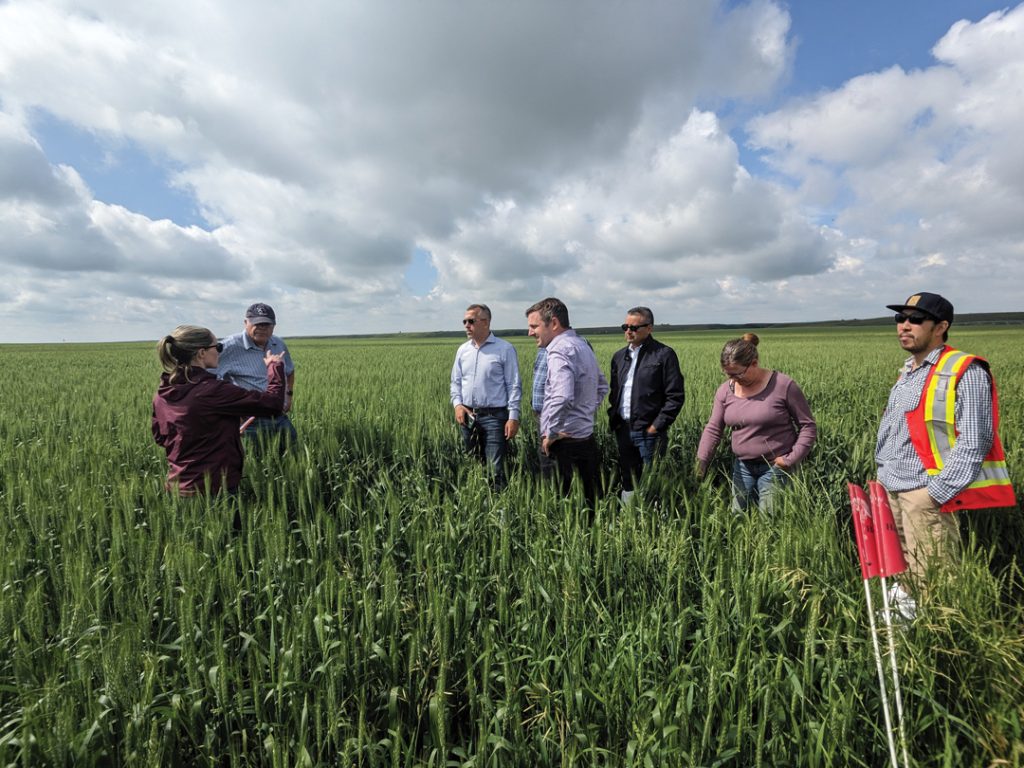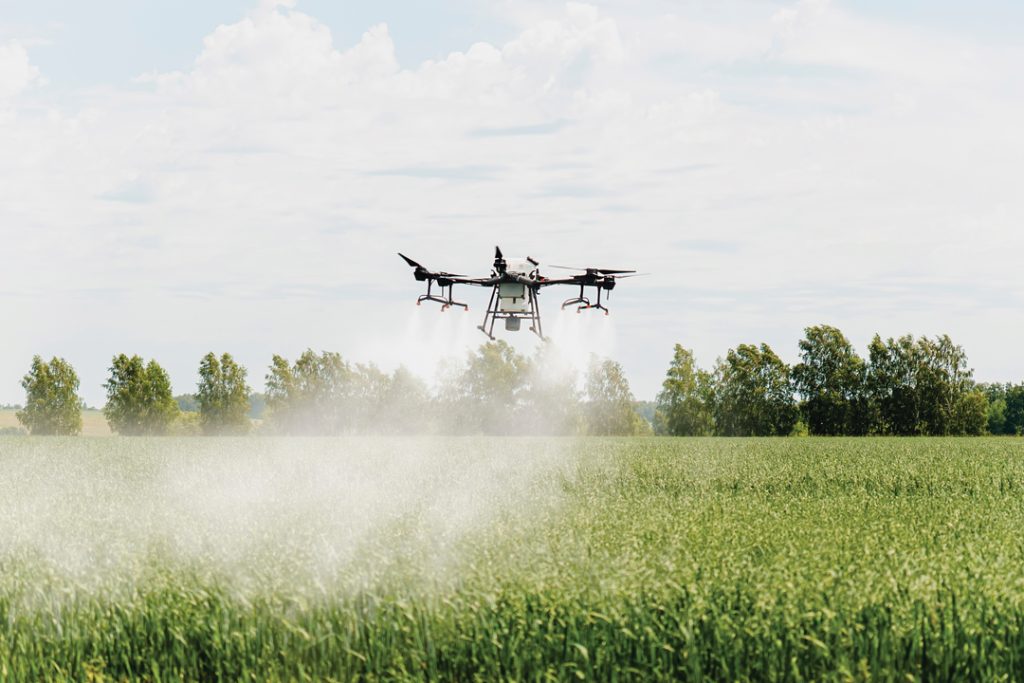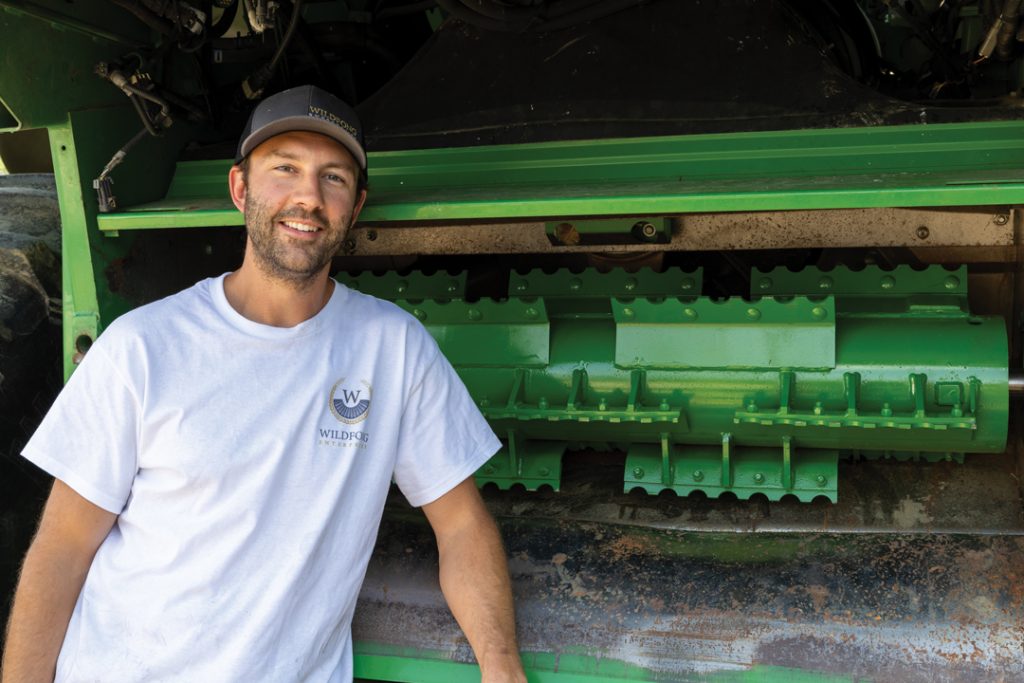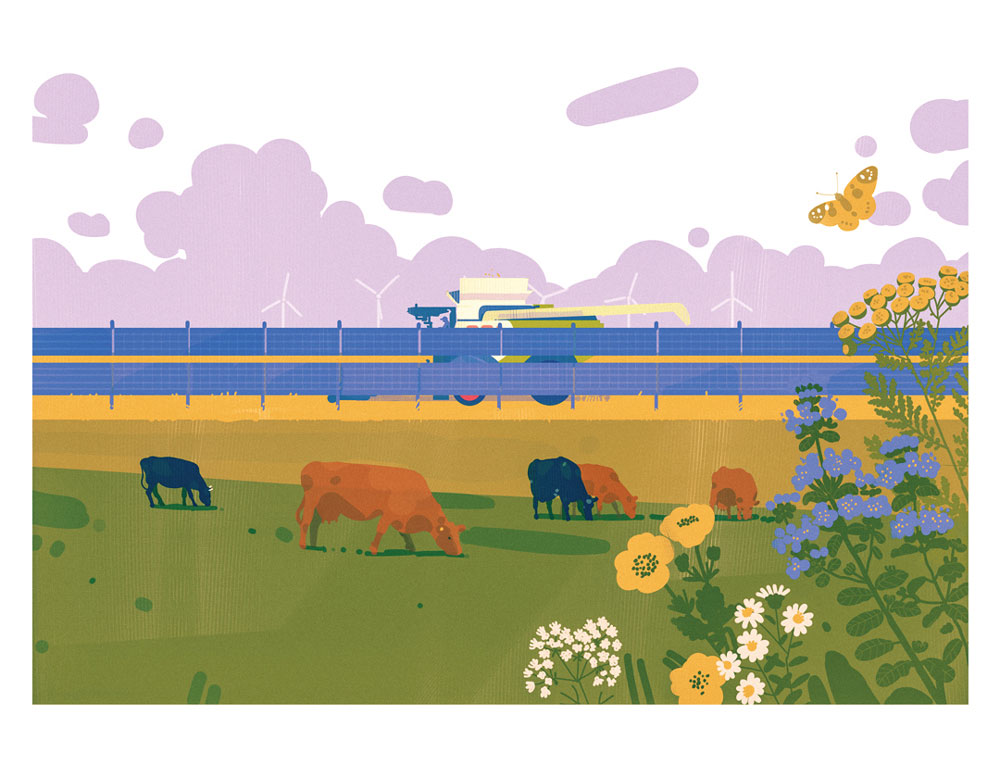CASH FOR CARBON
Alberta farmers have a new option to be paid for the C02 they sequester. A program by Trimble will compensate those who demonstrate and quantify sustainable on-farm nitrogen management practices.

Alberta farmers have a new option to be paid for the C02 they sequester. A program by Trimble will compensate those who demonstrate and quantify sustainable on-farm nitrogen management practices.

One of several regional chapters of Agriculture and Agri-Food Canada’s 10-year, $185-million Agricultural Climate Solutions — Living Labs Program, AALL conducted its first season in 2023. Its emphasis on real-world results unites farmers and scientists to study practices and technologies that reduce greenhouse gas emissions, sequester carbon and benefit the economic bottom line of farmers.

Up to half the world’s stored grains—1.6 billion tonnes—can be subject to spoilage every year. Such losses impair efforts to meet growth in global food demand. In response, two recent studies applied cutting-edge technology to better understand grain spoilage and seek solutions.

The intent of the Nuffield Canada Scholarship program is to connect agricultural scholars with farmers and ag professionals across the globe. Established in 1950, the program is geared towards mid-career individuals, it empowers recipients with $15,000 and a two-year mandate to travel and research a topic of their choosing.

Perspective is everything and the high-flying bird’s-eye view provided by drones delivers plenty of it. Outfitted with state-of-the-art software augmented with artificial intelligence (AI) technology, drones are increasingly used for an impressive array of agricultural applications.

For decades, soil management decisions have been made based on chemical composition. The field of soil health has refreshingly expanded to include aspects such as organic matter and compaction, said Burton. “Soil health embraces the physical, chemical and biological, which is a much more meaningful representation of the state of soil.”

Gurcharn Singh Brar’s ambition was to develop or lead a wheat breeding program. “Plant breeders have a very tangible impact on the lives of growers,” said Brar. “That’s very, very fulfilling.”

As farms continue to increase in size, certain equipment manufacturers race to provide high-horsepower machinery that can stretch a farmer’s reach when they seed, spray and harvest. Farmers also require these increasingly efficient options to contend with a shrinking agricultural labour pool.

The country’s agriculture sector owes much to innovative ag entrepreneurs, many of them farmers, who have invented first-of-its-kind products that solve pressing problems. Collectively, their independent companies are known as short line manufacturers. A term they’ve grown into, it delineates how they create tailored solutions for localized problems.

Oil and gas production remains the province’s golden ticket, but with a sustained push, renewables continue to fight for market share. So many projects have gone into development or are at the assessment stage, it’s been hard to keep up. One of the newest types of builds is agrivoltaics, which has attracted big interest from farmers and corporate investors alike.